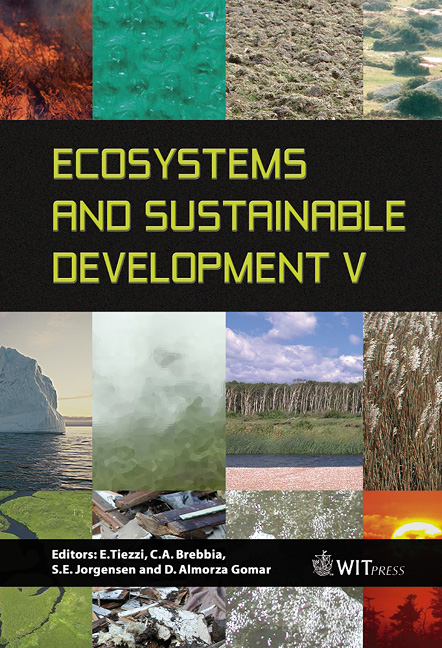Environmental Impacts Of The Regulation Of The Shinano River, Niigata Prefecture, Japan
Price
Free (open access)
Transaction
Volume
81
Pages
10
Published
2005
Size
643 kb
Paper DOI
10.2495/ECO050421
Copyright
WIT Press
Author(s)
M. Sane, H. Yamagishi, M. Tateishi & T. Izumia
Abstract
The coastal zone of Niigata Prefecture is severely affected by erosion. This study was developed to investigate the relationships between river regulation and changes to the coastal zone. Regulation of the Shinano River began during the Meiji Period with the construction of a long jetty. The jetty was built to avoid the silting of the river mouth, and allow the significant maritime trade to continue with inland transport via the Shinano River. Additional regulation involved the dredging of two channels southward from the mouth of the Shinano River, the Sekiya and the Ohkozu, for the purpose of flood mitigation in the Niigata Plain. To evaluate changes to the coastline, several approaches were used. Firstly, six sets of aerial photographs were examined. Then, the sediments grain-size parameters and mineral variation were analyzed to find the correspondence with shoreline changes. As a third approach, field surveys were conducted and historical data on the coastal process was assessed. The coast in the vicinity of the artificial channels accreted and there was erosion on the down-drift side of the river mouth. Keywords: Shinano River, jetty-Ohkozu channel, Sekiya channel, erosion. 1 Introduction In Japan, coastal erosion affects most of the shoreline along the Sea of Japan, though seldom along the Pacific coast. The most significant changes are observed along the coast of Niigata Prefecture especially from the mouth of the Shinano River to the district of Joetsu. Erosion is due to several factors, mainly
Keywords
Shinano River, jetty-Ohkozu channel, Sekiya channel, erosion.





